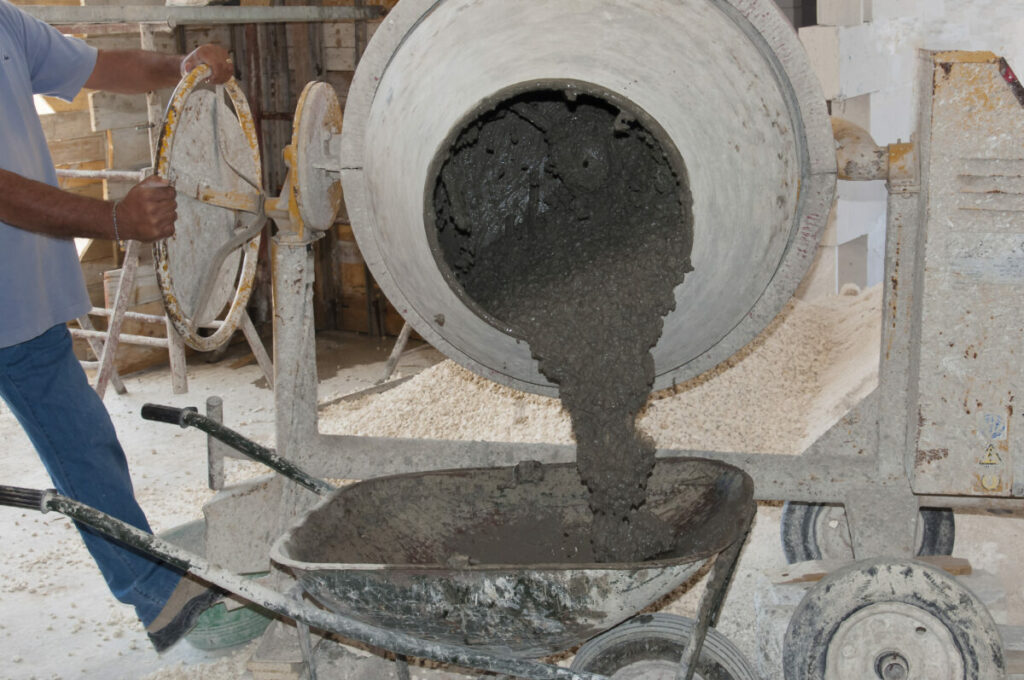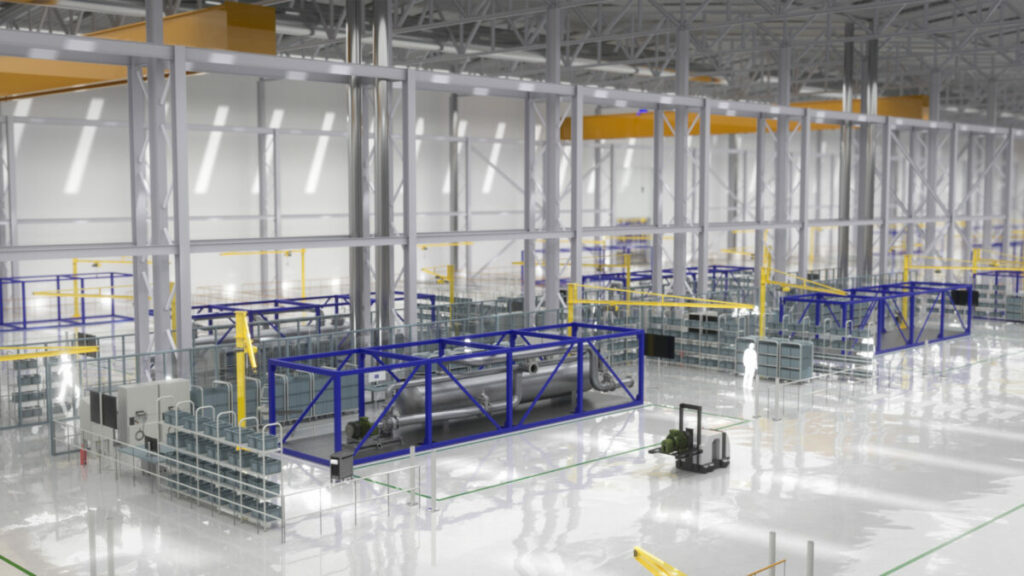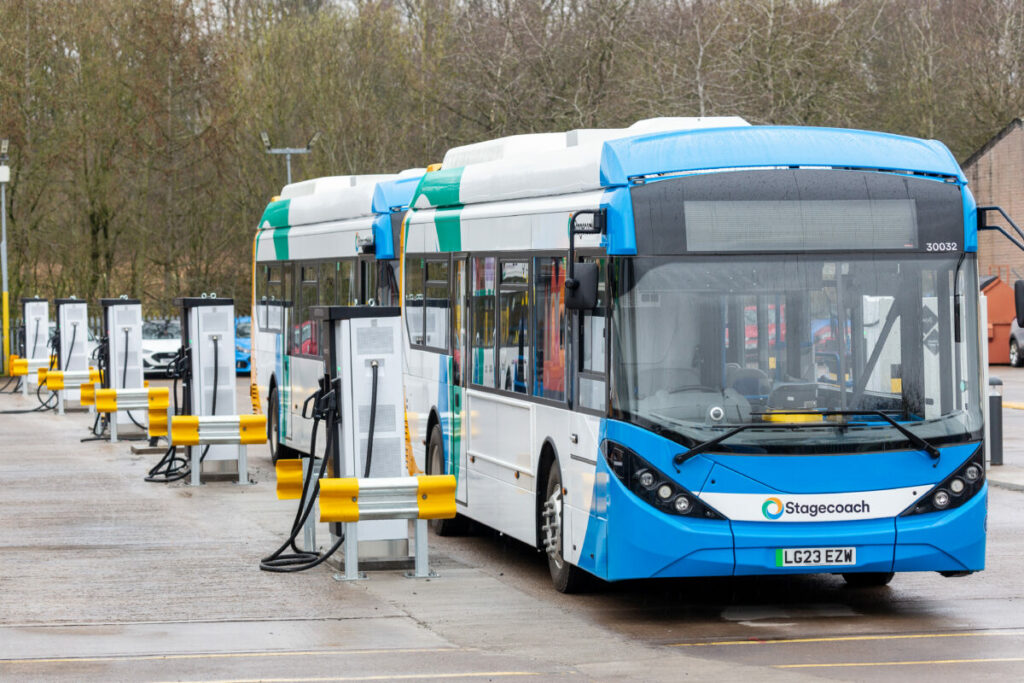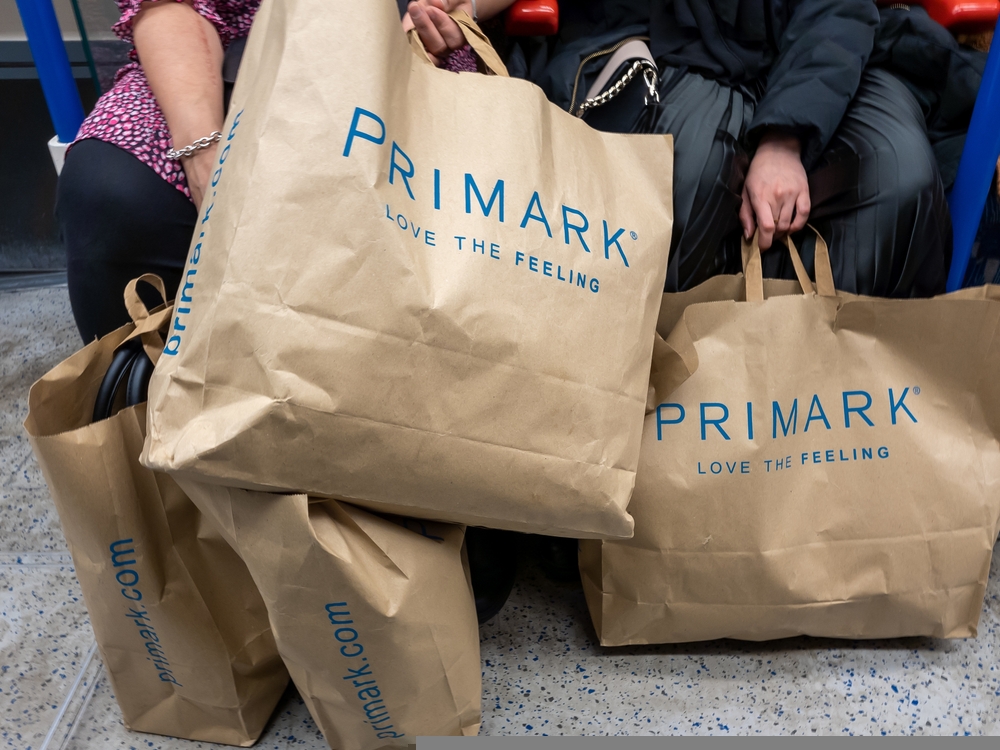Fashion will forever be a key topic in sustainability debates. We’ve all seen photos of enormous piles of clothing in landfills, are aware of human rights issues in fashion supply chains and – quite possibly – disposed a piece of clothing after just wearing it once.
While fashion retailers are implementing changes in store and online, such as selling pre-loved clothes and setting up repair shops, there is still much work to be done.
Last week at Blue Earth Summit, sustainability leaders came together to discuss the future of fashion retail.
Asos head of sustainability Catarina Midby, Pangaia chief global engagement officer Eva Kruse and Rapha sustainability manager Adam Gardiner discussed what fashion brands are doing to reduce the industry’s environmental impact.
Can fashion retailers change their business models?
Fashion accounts for 10% of carbon emissions globally and – with fast fashion getting even faster – the demand for new clothes is increasing at a worrying rate. Concerned retailers are looking to alter their established business models in order to change the way clothes are produced and consumed.
“The fashion space is about fuelling a fire and the need for new,” says Kruse.
As consumers search for new products, Gardiner suggests a pre-ordering model to reduce over consumerism.
“Pre-ordering is one area we can explore which has potential to help reduce demand. It’s all about asking customers if they can wait three months for a new item of clothing. Products we buy should have a sentimental value, and waiting adds to this emotion,” he adds.
“Customers are also more likely to have clothing which they have a sentimental attachment to repaired, therefore keeping them for longer.”
Fast fashion retailer Asos is also looking to switch up its business model as it looks to reduce demand in the name of sustainability.
“From our perspective, the way consumer consumption has changed has made it considerably easier,” explains Midby.
“They’re changing from only buying brand new to now actually wanting to buy second hand, renting clothes, swapping them and also investing time and money into care and repair.”
Subscribe to Sustainability Beat for free
Sign up here to get the latest sustainability news sent straight to your inbox everyday
On a hunt for green materials
As well as changing business models, retailers are looking into improving clothing materials. But the journey isn’t easy.
“Around 60% of what goes into fashion generally comes from fossil fuels and that needs to change,” says Kruse.
“Taking plastic bottles and turning it into a fashion product isn’t an ideal situation either,” she adds pointing out that while there’s an existing infrastructure to turn bottles back into plastic bottles, that doesn’t apply across the board to other products or materials.
“Even if we remember a few years ago when we were looking at the recyclability of polyester; recycling it actually has a very low impact. It still ends up as microfiber pieces all over our planet and inside of us all.”
Conversations across the C suite
While all these changes are crucial for the future of the planet, there’s also no denying the effect they will have on the bottom line. How then, do fashion businesses convince chief financial officers and CEOs about making those changes that could potentially impact profit?
“It’s always best to speak in their language,” advises Gardiner, adding that it helps to talk about ‘environmental’ profit in terms of carbon, water and land use.
Kruse agreed, arguing it’s best to focus on the “growth conversation.”
“The company can create value without necessarily growing in volume,” she adds. “There are already business models where you take the same product and sell it different times – why can’t fashion do that rather than creating a new product from scratch each time?”
The impact of legislation
Gardiner and Midby both agree that it’s been great to see sustainability legislation impacting fashion retail.
Gardiner says: “For example, the move to ban purified water repellents in the US by 2025 has been transformative. Its given us a deadline to remove PFAS chemicals otherwise we won’t be able to sell to Canada or American states.”
“There’s a real benefit and a speed that we need to change things,” he adds.
Kruse argues, however, that the fashion industry is still not moving fast enough.
“In our sector, many companies will continue to just create a business model with overproduction, overconsumption and selling products that were made in a really bad way,” Kruse says.
“They are going to keep fuelling the need for new as they think it’s still a good business model. It shouldn’t be allowed,” she stresses.
“Conversations at these events are important but it’s an echo chamber because everyone in this room cares about a ‘blue earth’. What about those businesses that don’t care and need to change? They’re not here. We need tax and legislation to bring real change.”















